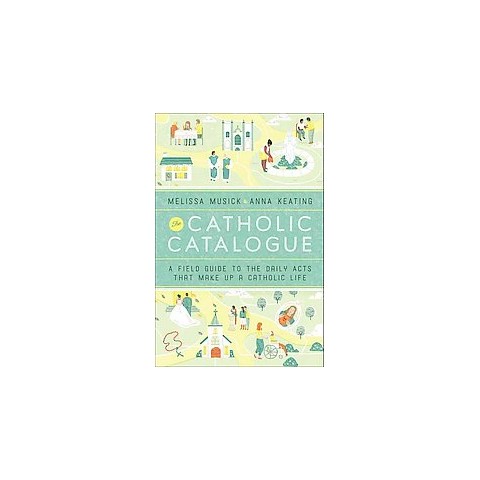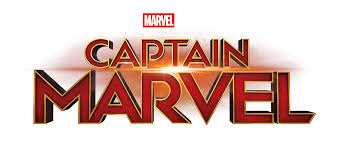You should read this book because it is a moral theology book in the best sense of the word. I think that if we follow Thomas’ writing about “human acts are moral acts”, virtue and vice and being habituated into a life that is imbued with God’s grace (sacramentality!), then we’ve got to talk about what daily life might look like when we take God seriously.
Here’s a book that gets its readers to make a beginning step toward seeing even the most ordinary human activities as imbued with God’s grace.
For example, my eight year old daughter watched as I unwrapped the book, grabbed it from my hands, and said, “Cool!” She promptly opened the book and read all about First Communion (which she made this year) and then went on to read other things: “Mama, can we make this cake? Can we plant a Mary garden? Oh let’s be sure to have a picnic on this feast day!” Catholic life became opened up to her (and consequently to our whole family). “Catholic” became something she could taste, smell, see, and live.
Living life as though God matters is more doable with this field guide – especially as I try, with my family, to be that “domestic church” that is a witness to Christ for the world.
Sometimes I worry that our writing at this blog doesn’t quite adequately convey that being Catholic is a way of life – life that cannot intelligibly be made separate from what it means to be a moral person, though sometimes we (broadly) do speak as though that were possible. Put another way: you can’t just sprinkle on a little morality (like holy water?) as an afterthought to conversation, nor hang a rosary on your rearview mirror and say, “Ha, there it is – Catholic life.”
The thing is, there’s not a lot written elsewhere either. Most of us bloggers write about issues, political crises in and outside the church, and maybe an occasional piece about treatment of children at mass or a pilgrimage to a shrine. Chalk it up to the loss of Catholic sub-culture, maybe. My colleague at UD, Bill Portier, wrote an essay once called “Here Come the Evangelical Catholics” in which he discusses how Catholic life changes as Catholics shift from being outside mainstream American culture prior to the 1960s election of JFK and the Second Vatican Council, to becoming more vaguely secular and American.
As historian Jay Dolan observed about this shift in the 1960s:
For the first time in modern history, Catholics no longer agreed on an answer to the question of what it meant to be Catholic.
Catholics lost much that had been theirs – Latin mass, confession on Saturdays, name days, family rosaries, and more. For a while, that didn’t matter, since the effect of the old subculture was far-reaching; being Catholic still meant something enough that people could write humor books about nuns, rulers, and Catholic schools in the 1980s.
That kind of humor is no longer really, REALLY funny because, well, it’s no longer true for most. While I can kind of get it because I’ve heard people’s complaints and stories, Catholic schools are mostly not staffed by nuns. In fact the difference between Catholic schools and public schools (in my area anyway) is vanishingly small in terms of student population (mostly not Catholic), stuff taught (state regulated), and who works there. One might as well ask: what’s the point if it’s no difference? For many parents here, the point of Catholic school is not that it’s religious, really, but that it’s a better option than the public schools in our very urban poor environment. And it’s paid for by the state via a voucher program.
I digress a bit, but for a purpose. The point is that the story as it has been commonly told is no longer quite true. For people looking for what it means to BE Catholic, as opposed to anything else, there hasn’t been much available. (That is – I don’t really want to go to church if it’s just another institution like a country club or an entertainment venue. If Jesus matters, then shouldn’t my life be marked by that?)
For the generations of Catholics who grew up post Vatican II, as well as for the people who didn’t grow up Catholic but have found themselves there, The Catholic Catalogue provides a very welcome “field guide” for the most of us these days who are clueless about where to go or what to do.
- Confession? Many have no idea what sins even to confess, nor how to name them…
- Feasting and fasting – sounds good, where to begin in a world where feasting is ubiquitous?
- Mary? Why do Catholics keep harping about her anyway?
- What the heck are ember days and what difference would it make?
- What’s the deal with the smells and bells?
- And all the other incarnational stuff about being Catholic that makes up a life – but that is so frequently at odds with a technocratic culture.
Anna Keating and Melissa Musick are knowledgeable, humorous guides who help us out as we begin our trek through forgotten Catholic wildernesses – those objects, and places, and days, that were once a common part of the landscape but now are like those half hidden broken down houses you can kind of see from the road, but weeds and trees have grown up around them, and a nest of birds sits where the kitchen once was.
The authors help us clear out the weeds, make sense of the old structures, and even restore them to something that helps us live out hope and faith in the 21st century.
This is a welcome, imminently usable book – and you should check out the website too, for its playlists, videos, and more…
–




